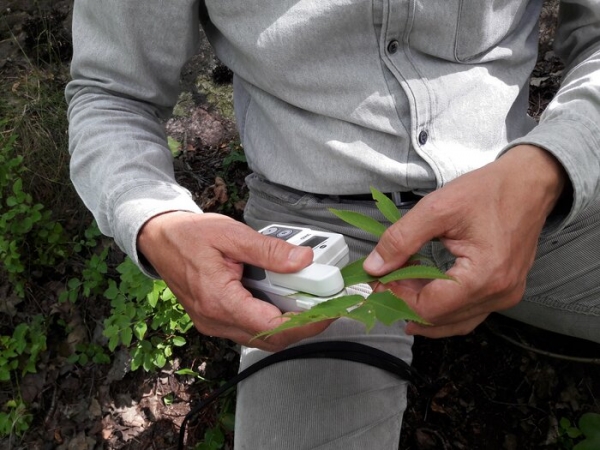Conifers are generally better than broadleaved trees at purifying air from pollutants. But deciduous tree may be better at capturing particle-bound pollution. A new study led by the University of Gothenburg shows that the best trees for air purification depend on the type of pollutant involved.
Trees and other greenery in cities provide many benefits that are important for the well-being of residents. Leaves and needles on trees filter air pollutants and reduce exposure to hazardous substances in the air. But which trees purify the air most effectively? Researchers from the University of Gothenburg have collected leaves and needles from eleven different trees growing in the same place in the Gothenburg Botanical Garden’s arboretum (tree collection) to analyse which substances they have captured.
“This tree collection provides a unique opportunity to test many different tree-species with similar environmental conditions and exposure to air pollutants,” says Jenny Klingberg, a researcher at the Gothenburg Botanical Garden.
Read more at University of Gothenburg
Image: Measurement of chlorophyll in leaves using a chlorophyll measurement device called a SPAD. The measurement is done using light, leaving the leaf undamaged. (Credit: Jenny Klingberg)


